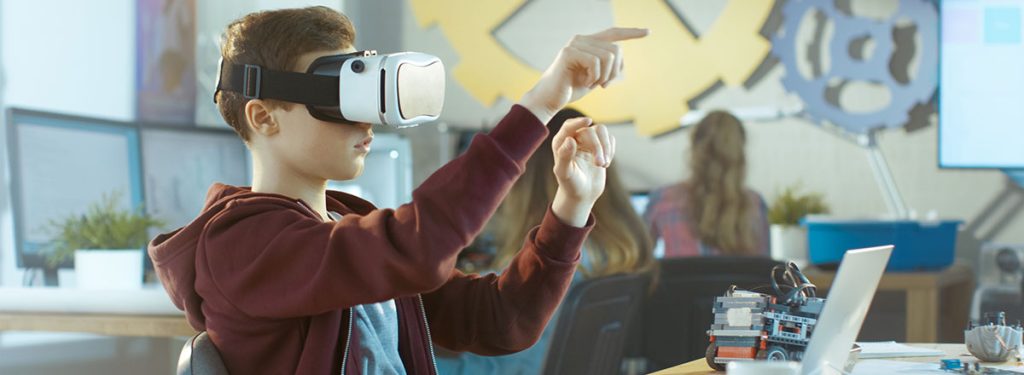What will the future of work look like for today’s students? What work will look like is constantly evolving. While major transformational change is likely some years away, the seeds are being sewn today for the types of skills students will need to be successful tomorrow.
Fuji Xerox have taken a look at what the future worker, workplace and work process may look like over the next five years.

The Future Worker
The future worker is most likely to be self-employed and contracted to short-term tasks. This will create a gig economy where temporary positions are common, allowing workers to globalise their skills. The gig economy is already a reality for many workers, with 34% operating in this way today. By 2023, self-employed workers are expected to make-up 45% of the workforce [1].
What does this mean for students of today?
Traits such as flexibility, initiative, social mobility, entrepreneurialism and the ability to be self-motivated will be key to be a successful worker in a gig economy. Education won’t be confined to school or university but will be a truly lifelong process as people move through a variety of careers. There is also increasing focus on skills such as critical and design-thinking as applying these skills to business strategy is a feature being searched for in the job market today. Humans will distinguish themselves from automated processes by being able to think strategically and empathetically.
Movement towards alternative learning spaces beyond the traditional classroom where learning becomes targeted based on individuals’ skills, interests and needs is a step towards preparing students to work in a gig environment. New school developments such as Lindfield Learning Village in NSW are an example of this type of environment being implemented.
The Future Workplace
In line with the gig economy, an increasing drive for flexibility, balanced with the fact that humans are still social animals, will mean the physical workplace does not go away, its composition will just change. Co-working spaces will grow in importance.
Technology will be a significant driver of the changing workplace. An impeding fourth industrial revolution [2] fueled by concepts such as artificial intelligence (AI), cognitive technologies and the Internet of Things (IoT) will impact the way we go about our work.
Gartner predicted that 1 in 5 workers engaged in primarily routine tasks will rely on AI to get work done [3]. Machine however will not replace human, instead, human and machine will collaborate to create additional value for both business and consumers.
What does this mean for the students of today?
The increasing emphasis on STEM curriculum is already a step towards supporting students to be able to cope in future workplace environments where there will be a requirement to co-work with technology. As technologies such as augmented reality and virtual reality are used more in the classroom, the next generation of workers will be the ones with the advantage as existing workers struggle to adapt to new ways of working.
Future Work Processes
One of the biggest impacts on the move towards future work, will be on current business models/processes. For example, many customer service functions are moving from telephonic and email support as primary mechanisms to chat bots (an element of Robotic Process Automation). Again, technology and humans will not work in isolation, with human and machine sharing tasks based on their skills and capabilities. The productivity gains from automation will vary across industries.

What does this mean for the students of today?
Careers that exist today may not exist by the time students of today enter the workforce. Resilience and adaptability will be critical along with an understanding of the industries that will best support human skills. Equipping students with an understanding of the skills, business models and types of processes of these universities will be important.
What are workplaces doing now?
The move to the future workplace, is not going to be one smooth process. It will take time, and different organisations will propel themselves into the future at different paces. With digital transformations already in progress and a new generation entering the workforce, organisations are starting to set themselves up for a successful future, now. This means that educators and government also need to start preparing students for this change now.
To discuss how Fuji Xerox can help your school prepare for the future of work, contact your Account Manager today.
[1] IDC Future of Work Series 2018
[3] https://www.techrepublic.com/article/by-2022-1-in-5-workers-will-rely-on-ai-to-do-their-job/



